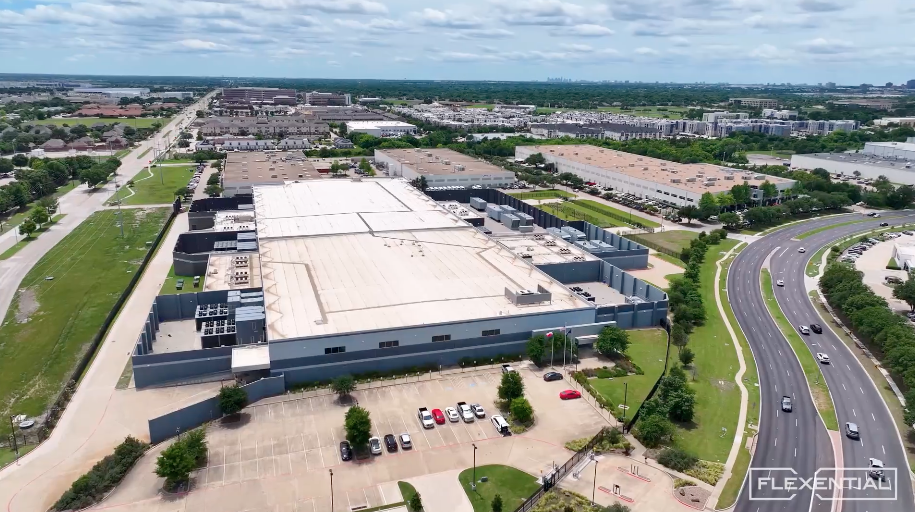Why choose Cloud Disaster Recovery (CDR)?
A Disaster Recovery-as-a-Service (DRaaS) solution is crucial today for modern business survival. In today’s always-on, information-driven organizations, IT resilience is essential to business continuity.

The cost of downtime is catastrophic, and downtime and data loss can put a company out of business. Downtime and data loss can be caused by anything from natural disasters, power outages, and hardware failure to human error, software problems, and cybersecurity-related disasters. A cloud-based disaster recovery solution is absolutely essential to business resiliency for your business-critical data and applications in the event of the worst-case scenario. Don’t be caught off guard.
How does cloud DRaaS work?
Disaster recovery as a service is a cloud computing service model that allows an organization to replicate applications and data to a third-party cloud computing environment, and provides all the DR orchestration through a SaaS solution to regain access and functionality to applications when a disaster occurs. The as-a-service model means that the organization itself doesn’t have to own all the DR infrastructure or handle all the management for disaster recovery, instead relying on the service provider.
Replication
DRaaS solutions typically leverage continuous data protection technologies that offer low levels of data loss by replicating production data. Mission-critical production will be minimally impacted if the failover is done quickly as server security configurations and network services are duplicated at the DR site.
Failover
Failover is the process of switching to a secondary, temporary recovery site. With a Disaster Recovery as a Service solution, you failover to a predesignated DR cloud. Failover is smooth because your DRaaS provider helped design the solution and tested it to ensure any issues were worked out.
Fallback
Failback is the term for shifting your production back to the primary infrastructure after a disaster. It's essential to understand failback processes because failover is not a permanent state. Your failback process is as important as your failover strategy.
Why is cloud Disaster Recovery as a Service important?
The potential implications of disaster-related IT failures are far-reaching and can range from extended downtime to legal repercussions, privacy leaks, lost revenue, and damage to brand value. For all these reasons, any business reliant on IT for any part of its ongoing operations needs to have an up-to-date, regularly tested disaster recovery plan.
Data recovery
DRaaS relies on replication technology to automatically synchronize a system to the cloud environment so that in the event of data loss, the latest copy of the system and all of its files, data, and applications can be restored.
Uptime
With a DRaaS solution, your business can recover quickly and get your business back up and running faster in any worst-case scenario, with the RPO measured in seconds and RTO in minutes. DRaaS offers superior protection against the potentially far greater losses (financially, reputation, etc.) caused by longer downtime.
Business continuity
Many core applications are heavily reliant on a variety of systems, tools, and even legacy applications. These ancillary systems are used for a variety of easily overlooked but nonetheless critical processes such as login and user authentication, data storage and retrieval, and network access. Effective recovery from a disaster means considering all of these dependencies and implementing a plan that is broad reaching enough to cover them all. DRaaS restores the last functional version of applications and data needed as quickly as possible during recovery to ensure business continuity.
Benefits of cloud DRaaS vs. backups
DRaaS can help safeguard the entire workstream from start to finish. Unlike backup, a disaster recovery service is built around a business process that considers cross-dependencies, performance requirements, and the implications of downtime and recovery points.
How to create a cloud DRaaS plan
Plan for disaster by designing a DR plan that protects against business disruption with end-to-end coverage. Flexential recovery consultants can walk through step-by-step how to assess, design, and implement the right resilience strategy to mitigate risk against even the most formidable threats.
Understand your infrastructure
Like selecting a cloud service provider, deploying an effective DRaaS solution should begin with a solid understanding of which business and technical goals are driving the need for a recovery plan. This means starting with a business impact study conducted in-house by an auditing group or, if offered, by the chosen DRaaS provider itself. This research should be undertaken in cooperation with the business leaders or business units themselves—not just the various IT departments—to classify the processes and systems most vital to the success of the company.
Conduct a business impact analysis
Create classifications regarding the acceptable amount of downtime and data loss recovery period for systems across the organization. The goal is to understand not only the impact on the business processes but the expectations of the people responsible for each distinct aspect of the identified business operations.
It is important during this assessment to ensure that all parties clearly understand the difference between the concepts of recovery time objectives (RTO) and recovery point objectives (RPO) as well.
Design your plan with a cloud DRaaS provider
Minimize risks and optimize time and internal resources when designing an effective disaster recovery environment. Flexential offers a consultative approach with deep technical and business expertise in disaster recovery and provides the strategy, design, implementation, and management of DR systems tailored to your unique business needs. If you're considering putting together a disaster recovery plan or looking to improve an existing one, assembling the right DR team is a vital first step.
Test your cloud disaster recovery plan and iterate
Build IT resiliency and benefit from assisted testing to assess your ability to recover from a disaster with cloud disaster recovery testing. Iterate and optimize your cloud disaster recovery plan to guarantee your environment and your team is prepared to quickly respond and recover from a disaster.
Want to know more? Get in touch with our disaster recovery experts today and learn more about DRaaS and Flexential’s Cloud Disaster Recovery Solutions.






